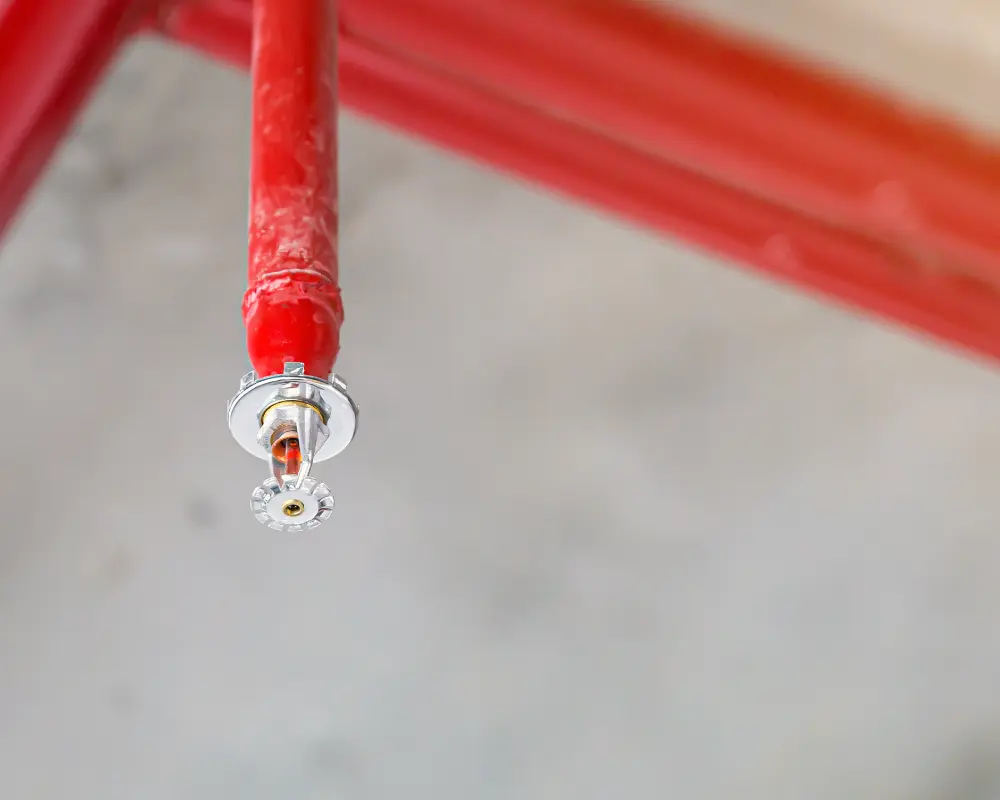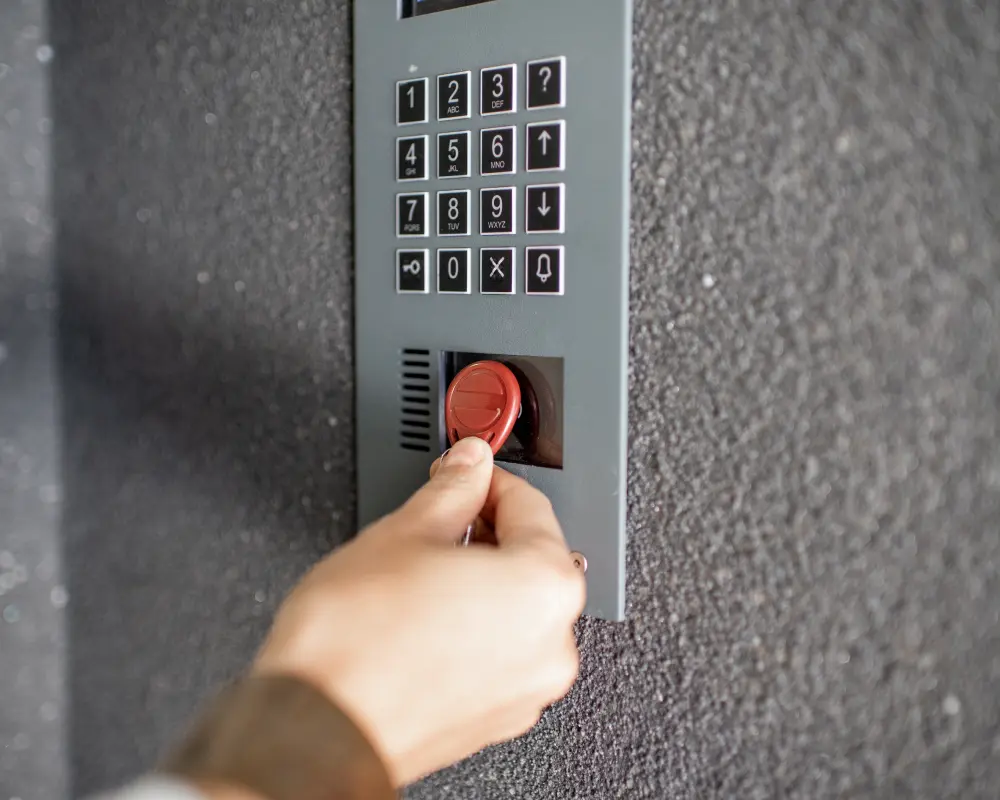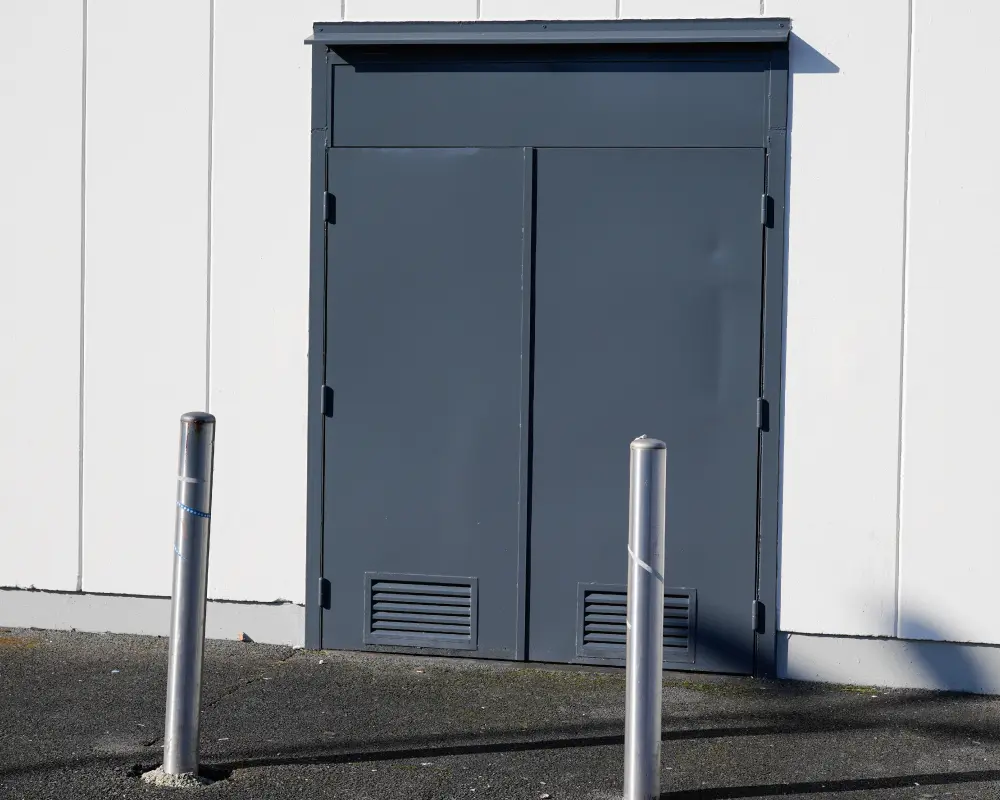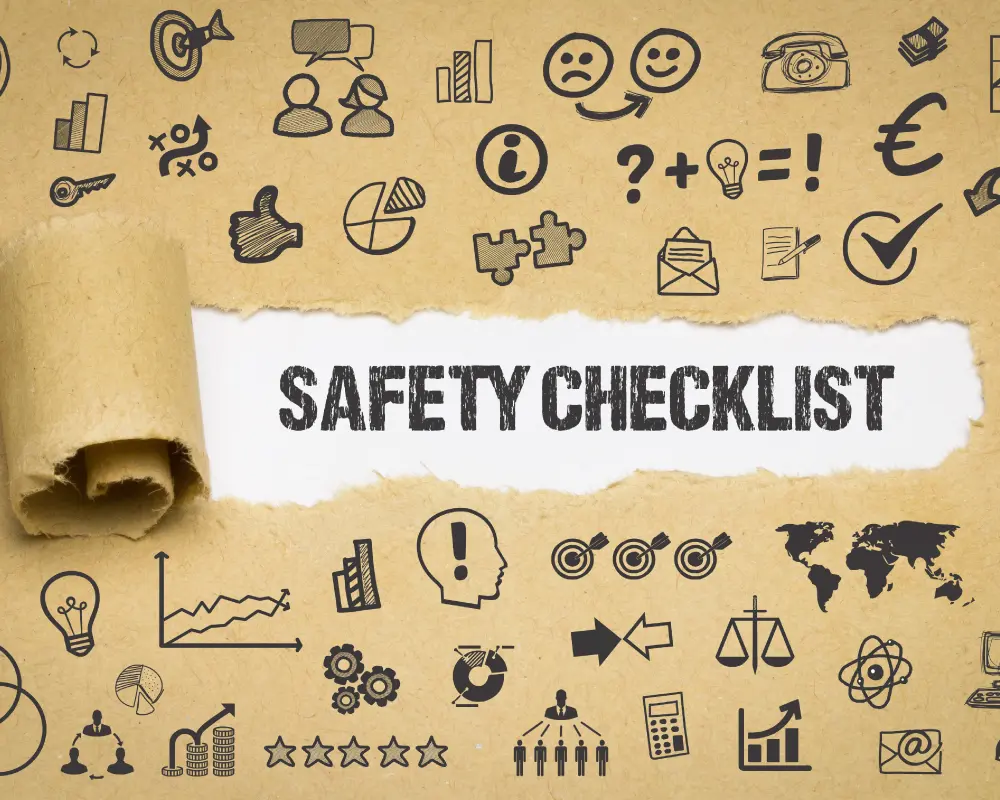
How to Write a Fire Safety Plan: 6 steps
How to Write a Fire Safety Plan
Creating a comprehensive fire safety plan is essential for ensuring the safety of all occupants in a building. A fire safety plan outlines the necessary actions to prevent fires, protect lives, and minimise damage in the event of a fire. Here is a step-by-step guide to help you write an effective fire safety plan.
1. Assess the Risks
Identify Fire Hazards
The first step in writing a fire safety plan is to assess the fire risks within the building. Identify potential fire hazards, including:
- Electrical equipment
- Flammable materials
- Heating systems
- Cooking appliances
- Smoking areas
Evaluate the Building Layout
Understanding the building layout is crucial for developing an effective fire safety plan. Evaluate the number of floors, the location of staircases, exits, and emergency routes. Consider how these elements can impact the safety and evacuation procedures.
Determine People at Risk
Identify who is at risk in the event of a fire. Consider employees, visitors, customers, and anyone with disabilities or special needs. Ensure your plan addresses how to assist these individuals during an evacuation.
2. Develop Prevention Strategies
Implement Fire Prevention Measures
Establish measures to prevent fires from starting. This includes:
- Regular maintenance and inspection of electrical equipment
- Proper storage of flammable materials
- Implementing no-smoking policies in designated areas
- Ensuring heating systems are serviced regularly
Provide Fire Safety Training
Ensure all occupants are aware of fire hazards and know how to prevent them. Conduct regular fire safety training sessions, including fire extinguisher usage, and emergency response procedures.
Install Fire Detection and Suppression Systems
Equip the building with appropriate fire detection and suppression systems. This includes:
- Smoke alarms
- Heat detectors
- Fire extinguishers
- Sprinkler systems
Ensure these systems are regularly tested and maintained.
3. Create an Evacuation Plan
Designate Evacuation Routes and Exits
Clearly mark all evacuation routes and exits within the building. Ensure these routes are free of obstructions and easily accessible to all occupants. Post evacuation maps throughout the building.
Establish Assembly Points
Designate safe assembly points where occupants can gather after evacuating the building. Ensure these points are far enough from the building to avoid any potential hazards.
Assign Evacuation Roles and Responsibilities
Assign specific roles and responsibilities to staff members during an evacuation. This includes:
- Fire wardens to guide occupants to safety
- Individuals responsible for assisting those with disabilities
- Personnel to conduct headcounts at assembly points
Conduct Regular Drills
Schedule regular fire drills to ensure everyone is familiar with the evacuation procedures. Use these drills to identify any weaknesses in the plan and make necessary adjustments.

4. Outline Emergency Procedures
Develop Clear Instructions
Provide clear instructions on what to do in case of a fire. This should include:
- How to raise the alarm
- Steps to take if you discover a fire
- How to use fire extinguishers
- The evacuation process
Communication Plan
Establish a communication plan to inform occupants of a fire. This could include:
- Alarm systems
- Public address systems
- Mobile alerts
Ensure all communication devices are regularly tested and maintained.
5. Record Keeping and Maintenance
Document the Fire Safety Plan
Document all aspects of your fire safety plan, including risk assessments, prevention strategies, evacuation procedures, and emergency contacts. Ensure this document is easily accessible to all occupants.
Regular Review and Update
Regularly review and update the fire safety plan to reflect any changes in the building layout, occupancy, or fire safety regulations. Conduct annual reviews and update the plan as necessary.
Maintenance of Fire Safety Equipment
Ensure all fire safety equipment is regularly inspected and maintained. Keep records of all maintenance activities and ensure any faulty equipment is promptly repaired or replaced.
6. Compliance with Regulations
Adhere to Local Fire Safety Regulations
Ensure your fire safety plan complies with local fire safety regulations and building codes. This includes meeting the requirements for fire detection and suppression systems, emergency lighting, and evacuation procedures.
Consult with Fire Safety Professionals
Consult with fire safety professionals to ensure your plan is comprehensive and effective. They can provide valuable insights and recommendations to enhance your fire safety measures.
Writing a fire safety plan involves assessing risks, developing prevention strategies, creating an evacuation plan, outlining emergency procedures, maintaining records, and ensuring compliance with regulations. By following these steps, you can create a robust fire safety plan that protects lives and property. Regularly review and update your plan to ensure it remains effective and relevant. Fire safety is a continuous process that requires commitment and diligence to ensure the safety of everyone in the building.
Follow us on Facebook and LinkedIn, or read more posts here.




